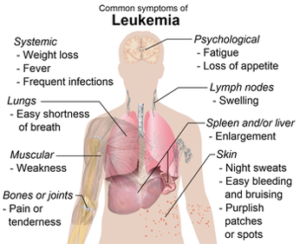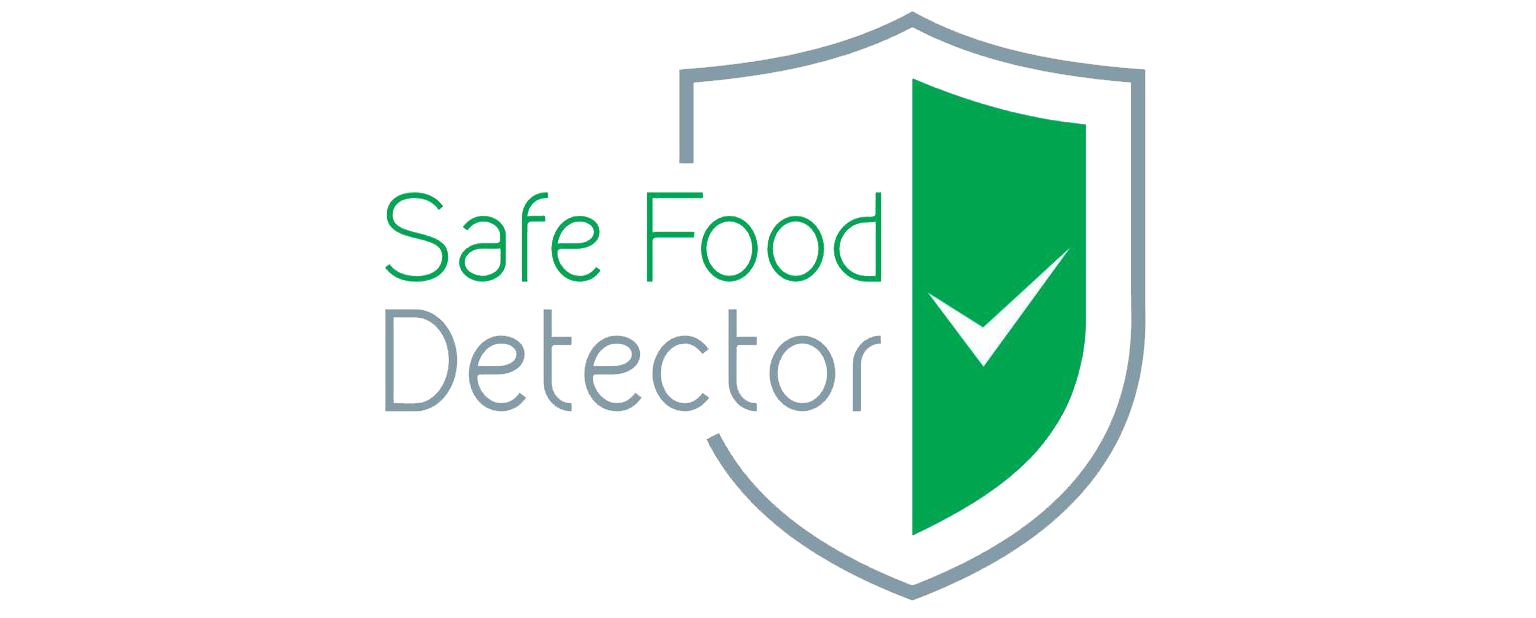What are the different types of food contamination?
There are three different types of food contamination – chemical, physical and biological.
All foods are at risk of becoming contaminated, which increases the chance of the food making someone sick. It’s important to know how food can become contaminated so that you can protect against it.
Chemical contamination refers to food that has been contaminated by some type of chemical substance. Because chemicals can be very useful when cleaning in the kitchen, they can easily contaminate food. Chemicals must be properly labelled and stored separately for foodstuff to minimise the risk of contamination.
There are also chemicals that occur naturally in foods, like toxins in some fish, and in some cases, minimal chemical contamination might not actually lead to illness. However, the food handler must always be aware of the presence of chemicals in food and take all reasonable precautions to make sure that chemical contamination doesn’t happen.
Biological contamination refers to food that’s contaminated by substances produced by living creatures – such as humans, rodents, pests or microorganisms. This includes bacterial contamination, viral contamination or parasite contamination that’s transferred through saliva, pest droppings, blood or faecal matter. Bacterial contamination is thought to be the most common cause of food poisoning worldwide, and the best way to protect against it occurring is by maintaining the best food safety practices.
Physical contamination refers to food that has been contaminated by a foreign object at some stage of the production process. These objects have the ability to injure someone and can also potentially carry harmful biological contaminants, which then cause illness. An additional consequence of physical contamination is the upset caused to the person who finds the object. Things like band-aids, fingernails and pieces of cooking equipment are the last thing you would like to find in your meal.

- Contaminated Food
- You don’t have to travel to places like India or Mexico to get really sick as a result of your food being contaminated. Those countries, and many others, may be well-known for their lack of sanitation when it comes to water or food, but even in the U.S., you can get pretty sick after going to a restaurant or improperly cooking food right at home!
- If you’ve never gotten sick as a result of contaminated food, that is awesome! If you have, you likely know many of the signs and symptoms associated with this, but we’ll cover them anyways.
- What Is Food Contamination?
- Food contaminationrefers to chemical, physical, and biological contamination. Let’s say that you are filling up your water bottle somewhere.
- After you fill it up, you can see that it just doesn’t look right and has a very strange odor, almost like gasoline. That may be as a result of chemical contamination, that of gasoline in this case.
- In another instance, you may munching on a hamburger only to bite down on something hard. As you spit it out, you see it’s a piece of metal. That’s an example of physical contamination.
- Finally, you could be eating some soup. Everything tastes, smells, and feels great. Then you go home and not long after start having some really bad diarrhea along with vomiting. That may have been as a result of biological contamination, food contaminated with infectious agents, like bacteria or viruses.
- Symptoms and Effects of Food Contamination
- The signs, symptoms, and effects of food contamination are highly variable. It not only depends on whether you get sick from chemical or biological factors but also what kind of chemical, physical, or biological contaminant. Let’s take a look at some examples.
- Let’s say that the contaminant is a physical one, like a piece of metal from a bolt. The chances that it will cause you vomiting or diarrhea are small. So are the chances that it will leach any significant amount of some harmful chemical into your body. However, that piece of metal can cut your gums, lips, cheeks, tongue, and the roof your mouth. That may introduce infectious agents into the cut and that will, in turn, cause painful inflammation. Another possibility is that chomping on that hard piece of metal will chip or even break your teeth. Even if they don’t chip or break, the protective enamel of your teeth will be damaged.
- Now let’s pretend that you drink something contaminated with a chemical. Again, what will happen to you really depends on the chemical in question. We’ll say that in this case the chemical in the water is benzene. Ingestion of benzene can cause pain in the stomach, nausea, vomiting, and convulsions. That’s all in the short-term, too. If you keep drinking that contaminated water over a long period of time, then you may even get a type of cancer called leukemia as a result of benzene exposure.
- Finally, why don’t we pretend that you ate some soup contaminated with a bug, like a virus or bacterium, which is known to cause illness in humans. What will that do to you? Well, if the bug isn’t too bad, you might have some nausea, vomiting, and diarrhea. If it’s a bit worse, then you may have a fever, muscle aches, and joint aches on top of that. If the bug is even worse, it may lead to life-threatening dehydration and even muscle paralysis and death.

Comment (1)
Hi, this is a comment.
To get started with moderating, editing, and deleting comments, please visit the Comments screen in the dashboard.
Commenter avatars come from Gravatar.